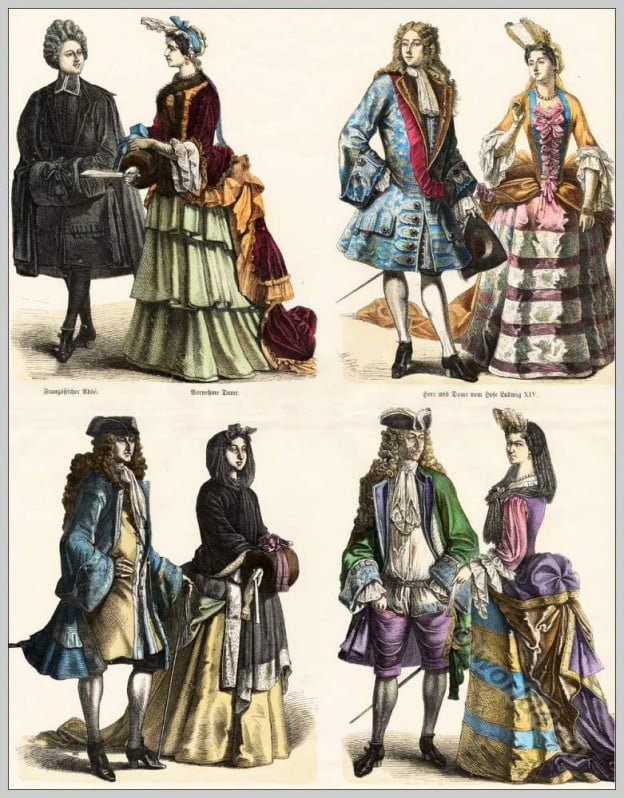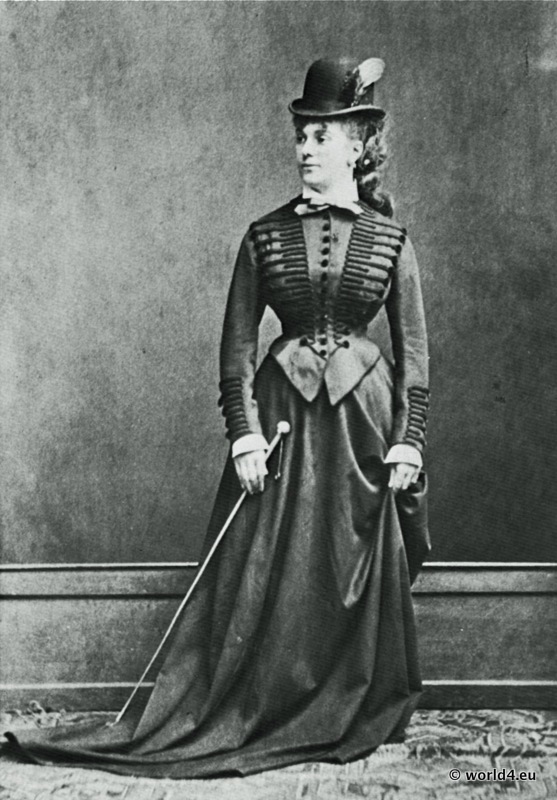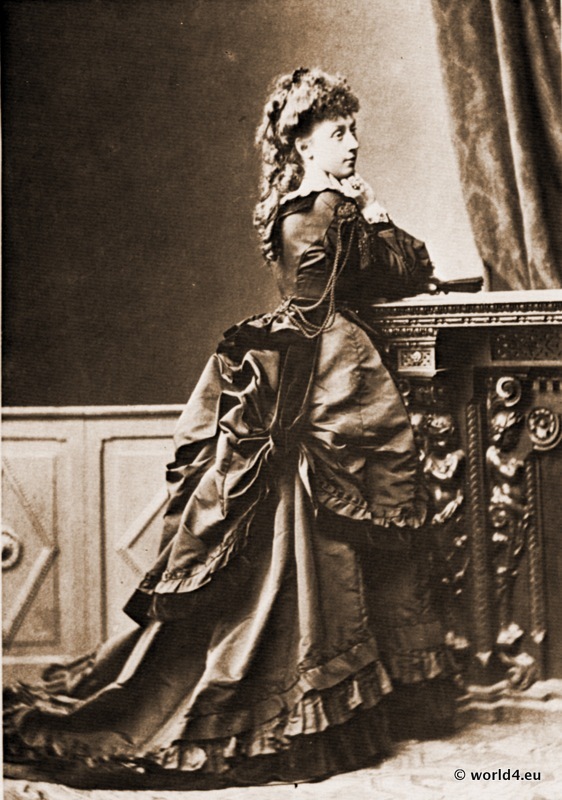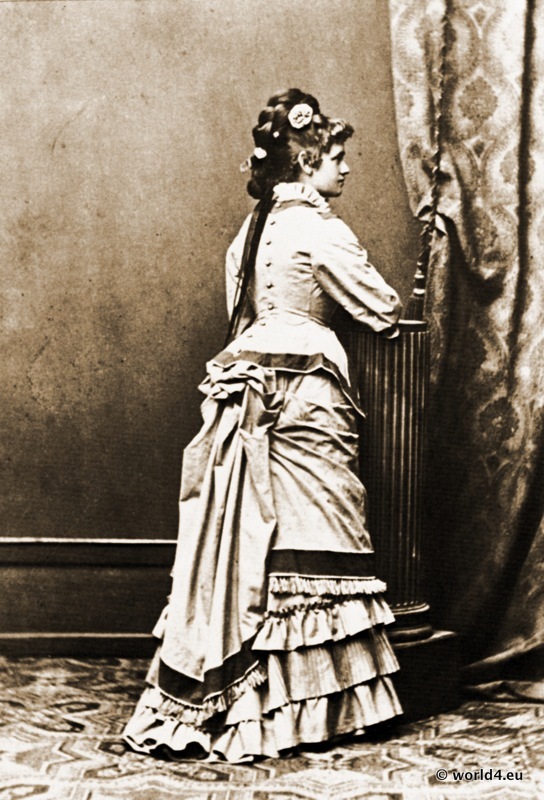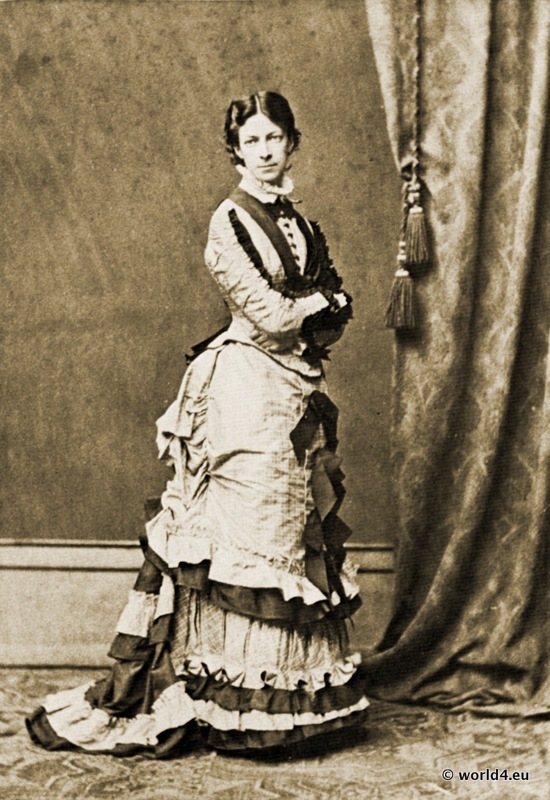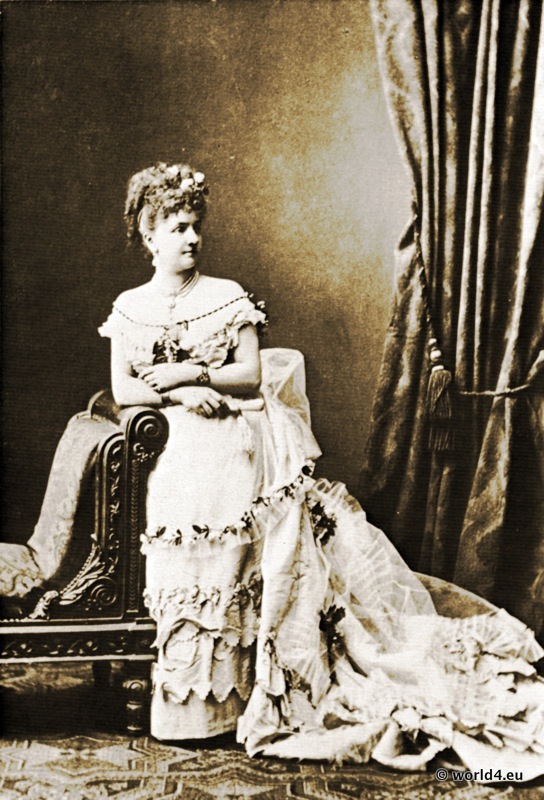Nobility and court costumes. Fashion in the first third of the 18th century in France and Germany. Transition from Baroque to Rococo. Nobility and Court costumes.
Tag: Cul de Paris
Woman in fur coat. German fashion in 1880.
Woman in fur coat. German fashion in 1880.
Cul de Paris. Riding habit 1880.
Cul de Paris. Riding habit. German fashion in 1880.
Cul de Paris. German “Turnüre” fashion in 1880.
Cul de Paris. German “Turnüre” bustle with corsage. Clothing of the period of the 1880s.
Cul de Paris. German corsage fashion in 1880.
Cul de Paris. German “Turnüre” with corsage. Clothing of the period of the 1880s.
Cul de Paris. Fashion and costume in 1880.
Cul de Paris. German fashion and costume in 1880.
Cul de Paris. Women’s fashion in 1880.
The term Cul de Paris refers to a silhouette of female fashion that appeared several times in the course of costume history
Bustle. Cul de Paris 1880 Germany.
Bustle, Cul de Paris 1880 Germany. Riding costume with corset.

